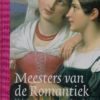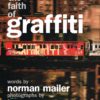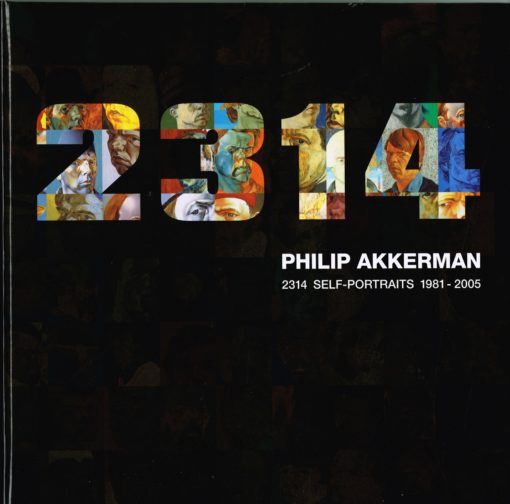Philip Akkerman
Philip Akkerman
2314 Self-Portraits 1981-2005
€ 75,00 Oorspronkelijke prijs was: € 75,00.€ 15,00Huidige prijs is: € 15,00.
ISBN: 9789086900022.
Bindwijze:
geb
Taal:
EN
Uitgever:
Veenman Publishers
Auteur:
Philip Akkerman
Paginas:
706
Categorie: Kunst.
Philip Akkerman is a Dutch painter, watercolorist and illustrator of self-portraits. He completed his training at the Royal Academy of Art in The Hague and Ateliers ’63 in Haarlem . Akkerman, almost exclusively, paints self-portraits since 1981. He studies various paint techniques. In thirty years, he built an oeuvre of more than six thousand self-portraits, about three thousand of them are paintings.
Gerelateerde producten
kinder- & jeugdboeken
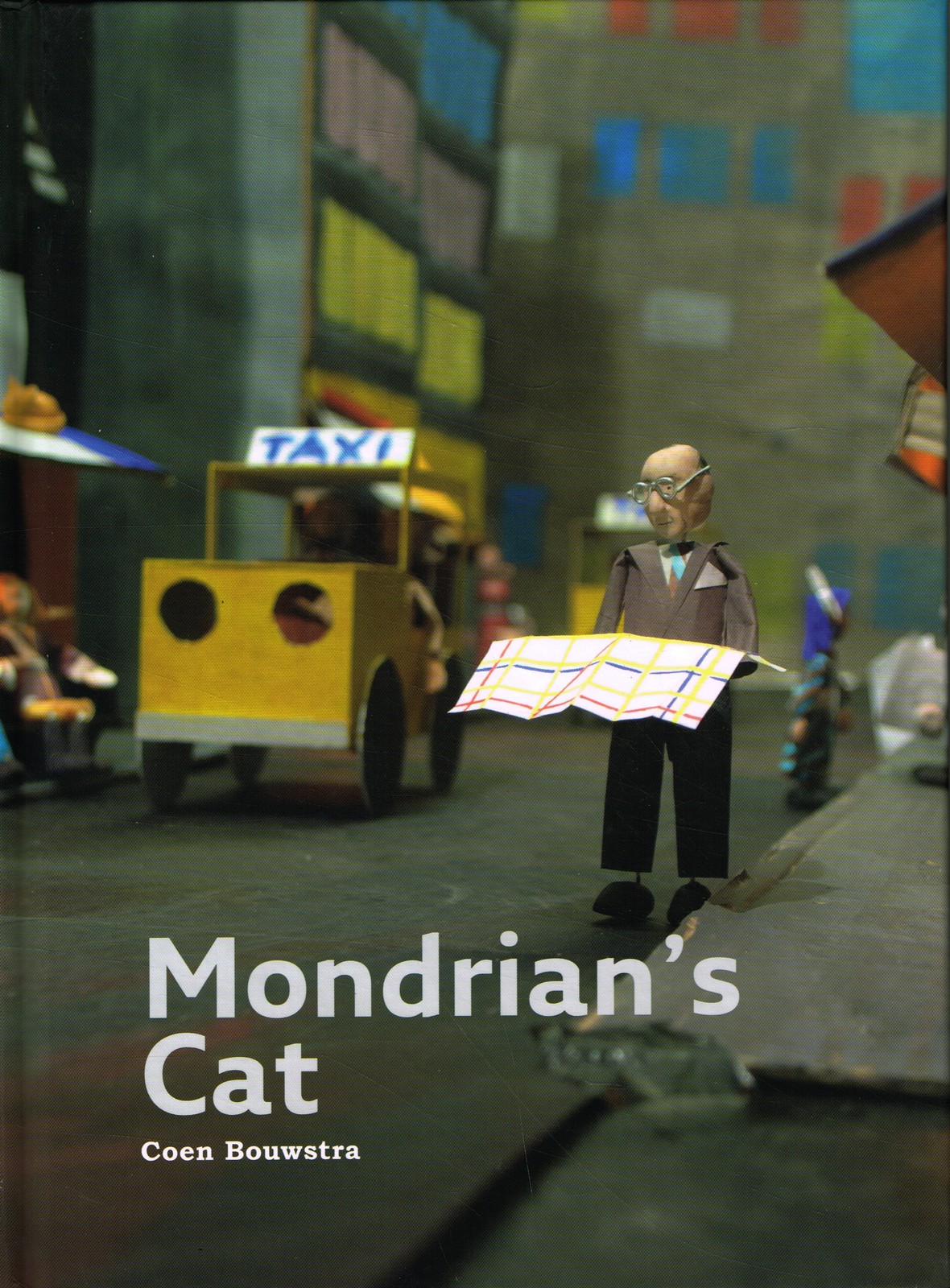
Coen Bouwstra
Mondrian’s cat
A timeless reading and reading book for young and old about the life and work of artist Piet Mondriaan, in honor of his 150th year of birth. In Mondriaan's Cat you get to know the famous painter Piet Mondriaan. He is best known for his paintings with black lines and red, blue and yellow areas. But he painted more. In this book he and his cat take you through his development as a painter who started in the Netherlands. He then went to Paris and in his last years he lived in New York. Mondrian was fascinated by colors and lines and developed into one of the greatest painters of abstract art. Everyone knows Piet Mondriaan, but his work is difficult to understand. That is why it is all the more admirable that Coen Bouwstra, author and illustrator, succeeds in making the painter's work accessible to the very youngest. In beautiful scenes he shows what moved Mondriaan. Mondriaan paid attention to color and the patterns in the landscape. He moved further and further towards the abstract, culminating in his Victory Boogie Woogie, inspired by Boogiewoogie music. SPA uitgeversgeb - 32 blz
kunst
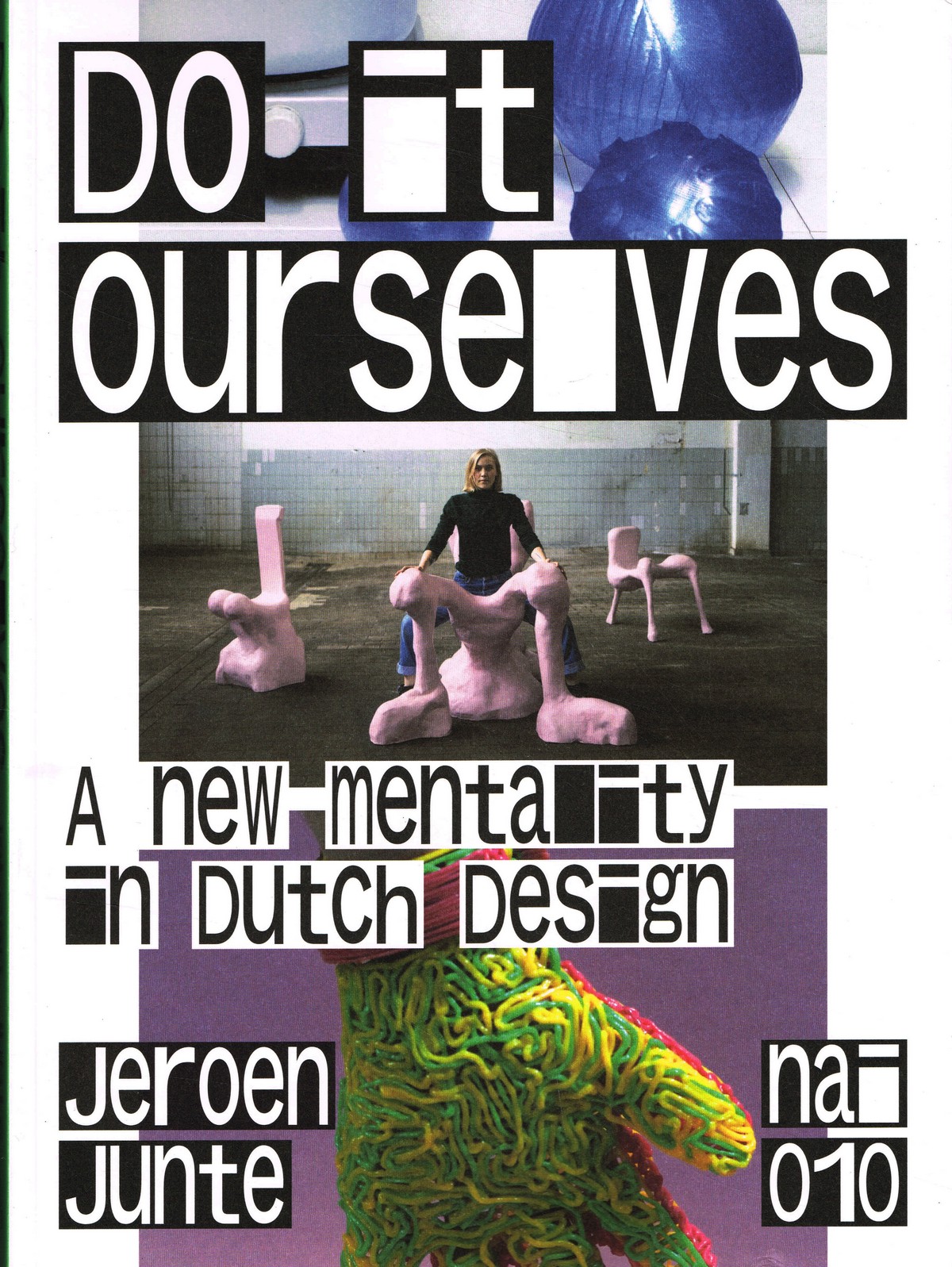
Jeroen Junte
Do It Ourselves
For English see below Nederlandse ontwerpers hebben de afgelopen jaren een scherpe koerswijziging doorgemaakt. De nieuwe lichting ontwerpers kiest nieuwe waarden en uitgangspunten en streeft door onderzoek en samenwerking naar maatschappelijke relevantie en impact. Deze 'post-crisisgeneratie' is bevlogen, optimistisch, maar ook pragmatisch met oog voor schoonheid. Humor en het concept als bijna obligate instrumenten zijn verruild voor engagement en vrij onderzoek. Ironie en beschouwende kritiek hebben plaatsgemaakt voor onbevangenheid en dadendrang. Ambacht en lokale productie worden onderzocht als een realistisch alternatief voor vastgelopen systemen. Naast kunst en design worden ook wetenschap, technologie, sociale studies en politiek gezien als speelvelden voor ontwerpers. Kortom, de nieuwste generatie ontwerpers zoekt naar een inhoudelijke verdieping van het vak en streeft naar een positieve bijdrage aan maatschappelijke vraagstukken. Designjournalist en?criticus Jeroen Junte beschrijft voor het eerst deze nieuwe fase in de ontwikkeling van het alom geprezen Dutch Design en voert de lezer langs 199 verrassende, innovatieve en verbazingwekkende projecten en producten. - English - In recent years, Dutch Design has sharply diverged from its previous course. A generation of designers trained in and shaped by the crisis years chose new values and starting points. The focus is now on inquisitive and collaborative makers who strive for social relevance and, if possible, impact. This 'post-crisis generation' is committed and optimistic, but also pragmatic and in possession of an eye for beauty. Humour and the almost inescapable concept have been exchanged for engagement and free research and irony and contemplative criticism for open-mindedness and the will to act. Craftsmanship and local production are examined as realistic alternatives to deadlocked systems of production and distribution. In addition to art and design, science, technology, social studies and politics are also seen as design arenas. In short, the latest generation of designers is looking to substantiate the content of the profession and make positive contributions to social issues. Well-known design writer Jeroen Junte is the first to describe this new stage in the development of the widely acclaimed Dutch Design, by way of 199 surprising, innovative, astonishing projects and products. Engelstalig boek nai010pap - 275 blz
kunst
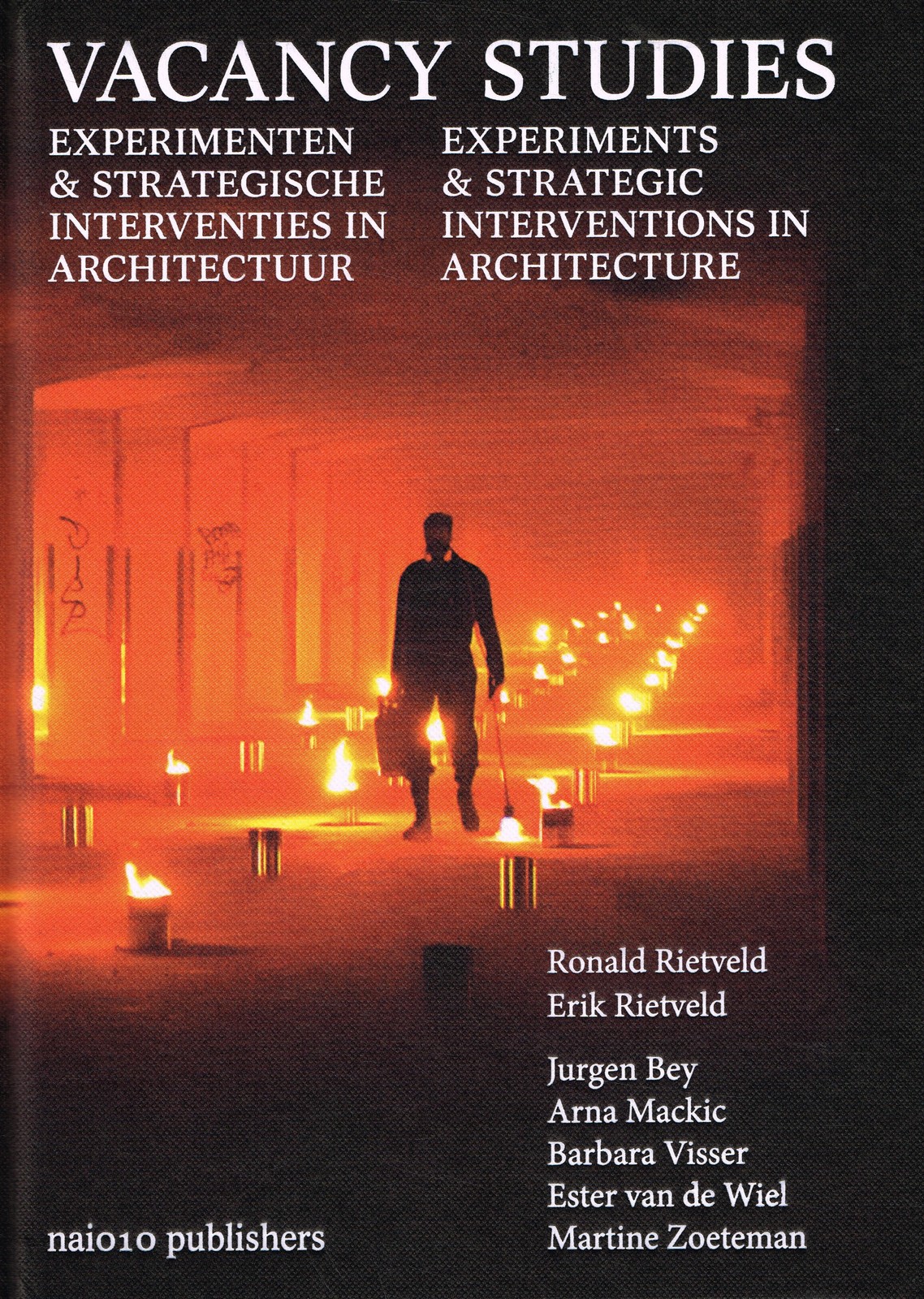
Ronald Rietveld
Vacancy Studies
For English see below- Veel bunkers, forten, kerken, kastelen, ziekenhuizen, watertorens, postkantoren, gevangenissen, paleizen en vliegvelden staan leeg. 'Vacancy Studies' biedt de architectuurwereld een optimistisch perspectief op tijdelijk hergebruik van leegstand. Volgens RAAAF [Rietveld Architecture-Art-Affordances] schuilt er een grote potentie in leegstaande publieke en overheidsgebouwen. De gigantische omvang ervan hebben zij gevisualiseerd met de installatie Vacant NL op de Architectuurbiënnale van Venetië in 2010. De wereldwijde media-aandacht in onder meer The New York Times, The Guardian en The Architectural Review, toont de internationale relevantie van hun visie voor het nieuwe vakgebied 'Vacancy Studies'. Ontwerpers kunnen een belangrijke bijdrage leveren aan maatschappelijke issues zoals leegstand. Dit vraagt om nieuwe manieren van werken. In de praktijk van RAAAF en door een multidisciplinair team aan het Sandberg Instituut is 'Vacancy Studies' verder ontwikkeld. 'Vacancy Studies' introduceert de ontwerpbenadering van 'strategische interventies' en toont nieuwe denkbeelden en experimenten. 'Vacancy Studies' is een onmisbare referentie voor iedereen die geïnteresseerd is in de mogelijkheden van leegstand.- Many bunkers, forts, churches, castles, hospitals, water towers, post offices, prisons, palaces and airports are empty. 'Vacancy Studies' offers the architectural world an optimistic perspective on the temporary reuse of vacant buildings. According to RAAAF [Rietveld Architecture-Art-Affordances], there is great potential in vacant public and government buildings. They have visualised its gigantic size with the installation Vacant NL at the Venice Architecture Biennale in 2010. The worldwide media coverage in The New York Times, The Guardian and The Architectural Review, among others, shows the international relevance of their vision for the new field of 'Vacancy Studies'. Designers can make an important contribution to social issues such as vacancy. This requires new ways of working. In the practice of RAAAF and by a multidisciplinary team at the Sandberg Institute, 'Vacancy Studies' has been further developed. 'Vacancy Studies' introduces the design approach to 'strategic interventions' and shows new ideas and experiments. 'Vacancy Studies' is an indispensable reference for anyone interested in the possibilities of vacancy. nai010geb - 184 blz
kunst
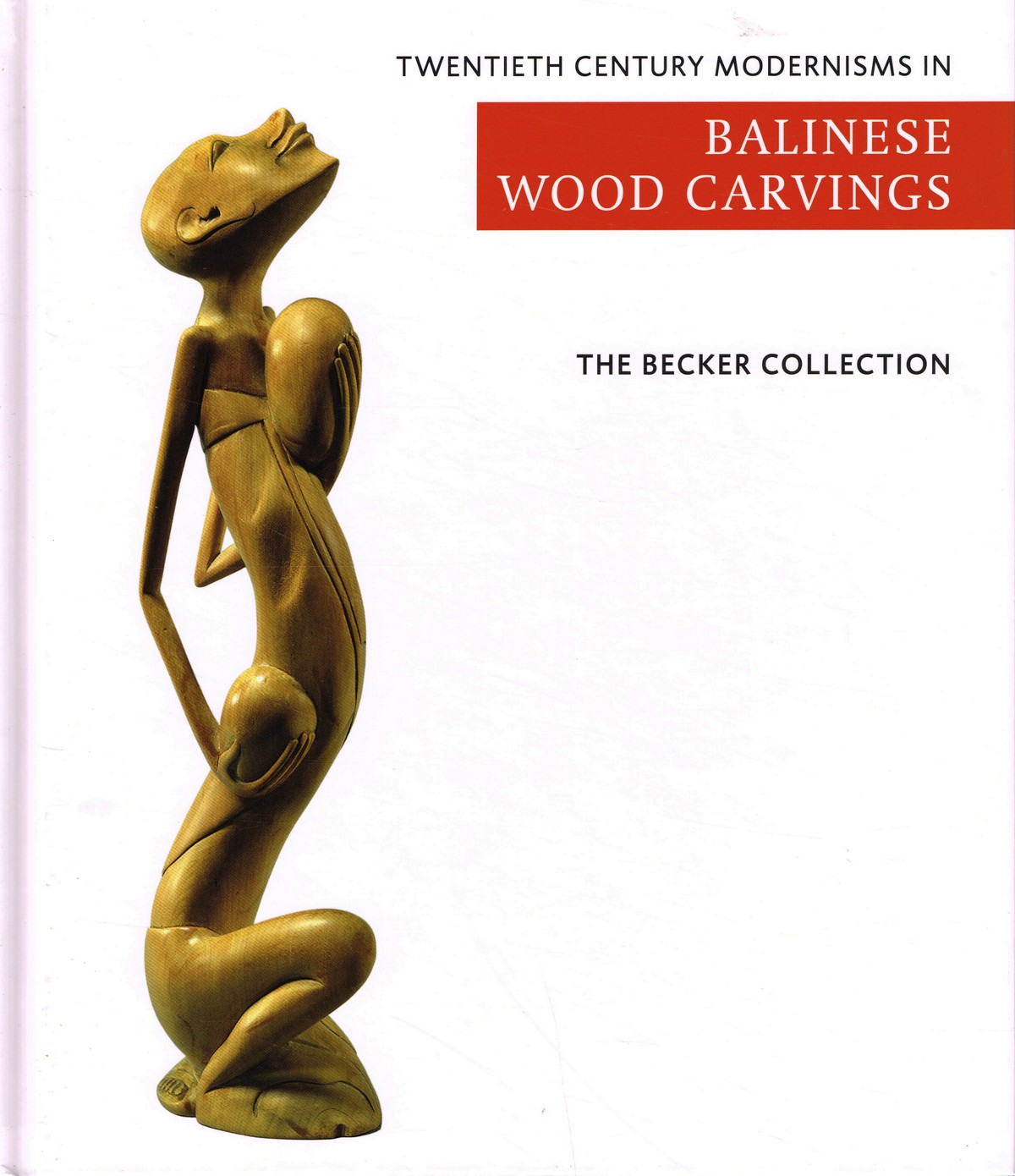
Ton & Mies Becker
Twentieth Century Modernisms in Balinese Wood Carvings
'The Becker Collection - Twentieth century modernisms in Balinese wood carving' contains the private collection of twentieth century ?modern style? Balinese wood carvings, collected by Ton and Mies Becker, both retired medical specialists and collectors of Asian art. Between the 8th and 10th century Hindu influences spread to Bali and blended into the exiting Balinese mix of animistic and Buddhist styles and subjects, known as Bali Aga. Hence, in due time the craftsmen obtained the subjects for their works from the Hindu-Balinese religion and their heroes and demons from famous Hindu epics. This particular style became known in the Western art world as the ?Traditional or Old Balinese style?. In the 20th century the arts and crafts scene in Bali changed completely. First because of Western artist who visited Bali and stayed on to work there and, second, because of the gradual influx of increasing numbers of foreign tourists. In addition the Dutch colonial government started a military campaign to control the powerful kingdoms of central and southern Bali. As a result the local craftsmen lost their royal support and soon realized that foreign tourists were not particularly interested in gods and heroes. Hence, stimulated by some of the Western artists who had settled in Bali, they turned to secular subjects taken from nature and everyday life and became more impressionistic in the execution. This led to a range of new styles, often impressionistic and sometimes even minimalistic and caricatural with bizarre elongated shapes or solid compact forms. In this book we are concerned with this particular type of 20th century ?Modern Style? Balinese wood carving. The catalogue contains 40 objects of ?modern style? wood carving, representing different styles. Each object is photographed, both as an overview and in details if so requested. A brief description of each object is provided, together with the estimated date, and additional information is provided if considered useful. The catalogue is preceded by an essay on the history of Balinese wood carving. Van Spijkgeb - 144 blz
